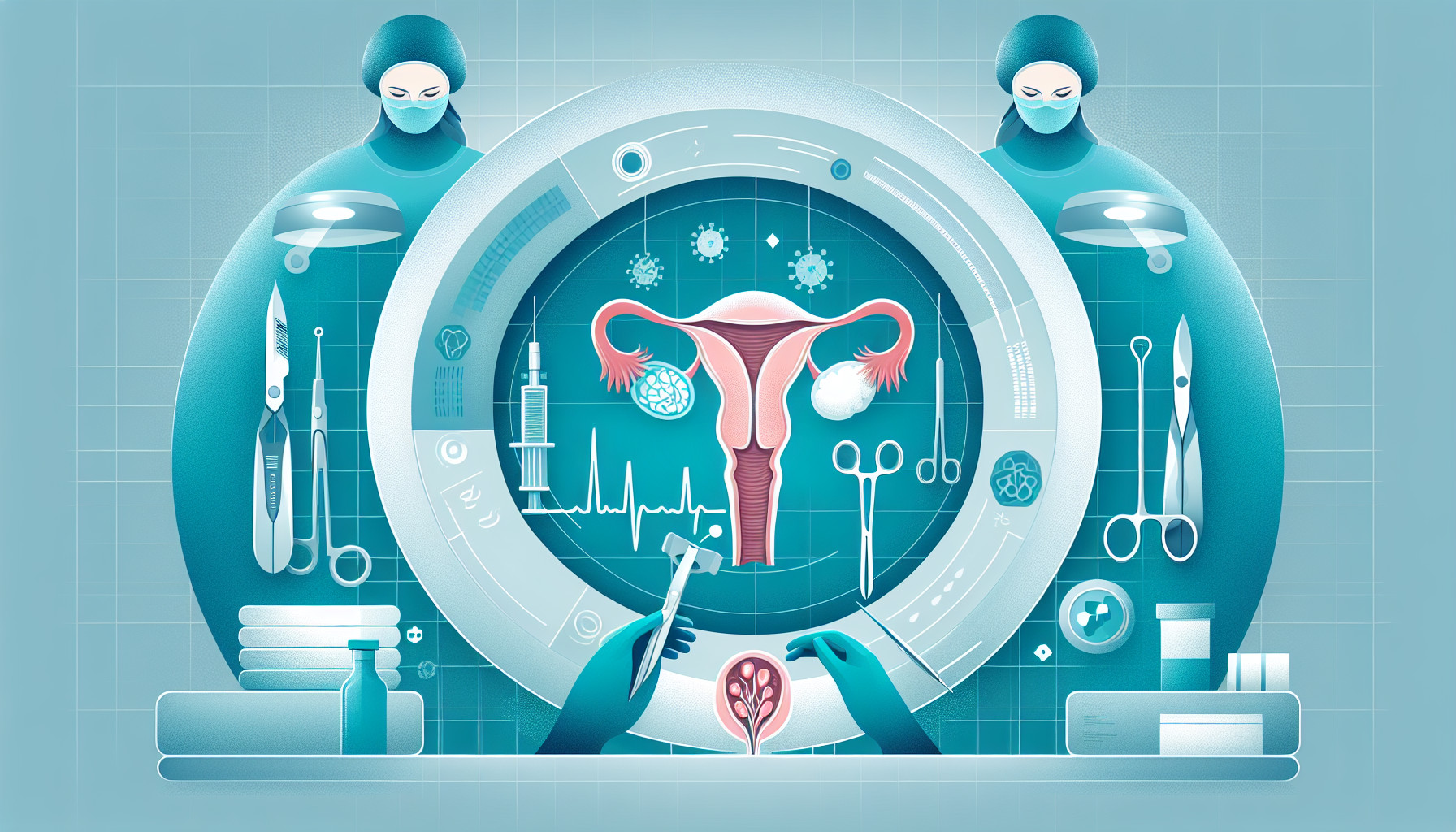Our Summary
This research paper discusses an unusual case of a 16-year-old girl in Japan who had a hydatidiform mole, a rare and abnormal pregnancy where the placenta grows into a mass of cysts. After the mole was surgically removed, the patient developed large cysts in both ovaries, a condition known as ovarian hyperstimulation syndrome. This syndrome usually happens after taking drugs to induce ovulation, not from natural pregnancy.
Despite the cysts growing quite large, the patient did not show severe symptoms like nausea, vomiting, breathlessness, and abdominal pain, just mild bloating. Doctors decided to monitor her condition instead of intervening further. Over time, the cysts decreased in size on their own, disappearing about 8 months after the surgery.
The study concludes that medical professionals should be aware that large ovarian cysts can develop and grow rapidly after a molar pregnancy is terminated. However, even large cysts can shrink back to their original size without medical intervention.
FAQs
- What is a hydatidiform mole and how is it related to ovarian cysts?
- What is ovarian hyperstimulation syndrome and what are its typical symptoms?
- Can large ovarian cysts decrease in size without medical intervention?
Doctor’s Tip
A doctor might tell a patient undergoing ovarian cyst removal to be aware of the potential risk of developing large cysts post-surgery. They may advise the patient to monitor their symptoms closely and report any severe symptoms such as nausea, vomiting, or abdominal pain immediately. In some cases, large cysts may resolve on their own without the need for further intervention. It is important for patients to follow up with their healthcare provider regularly to ensure proper monitoring and management of their condition.
Suitable For
Patients who are typically recommended ovarian cyst removal include:
- Patients with symptoms such as severe abdominal pain, bloating, nausea, vomiting, and difficulty breathing.
- Patients with cysts that are large in size (typically larger than 5 centimeters).
- Patients with cysts that are not decreasing in size over time or are causing complications such as torsion (twisting) of the ovary.
- Patients with complex ovarian cysts that may be cancerous or have the potential to become cancerous.
- Patients with recurrent ovarian cysts that are impacting their quality of life or fertility.
It is important for medical professionals to carefully evaluate each patient’s individual case and symptoms before recommending ovarian cyst removal. In some cases, monitoring the cysts over time may be a suitable option, as they can shrink back to their original size without the need for surgery.
Timeline
Before ovarian cyst removal:
- Patient undergoes surgery to remove a hydatidiform mole, a rare abnormal pregnancy.
- Patient develops large cysts in both ovaries, a condition known as ovarian hyperstimulation syndrome.
- Patient may experience mild symptoms such as bloating but not severe symptoms like nausea, vomiting, breathlessness, and abdominal pain.
- Doctors monitor the patient’s condition instead of intervening further.
After ovarian cyst removal:
- Patient’s cysts decrease in size on their own over time.
- Cysts disappear about 8 months after the surgery.
- Medical professionals should be aware that large ovarian cysts can develop and grow rapidly after a molar pregnancy is terminated but can shrink back to their original size without intervention.
What to Ask Your Doctor
What is the reason for removing the ovarian cysts?
What are the potential risks and complications of ovarian cyst removal surgery?
What is the expected recovery time after the surgery?
Will I need any additional treatment or monitoring after the cyst removal?
How will the surgery affect my fertility or future pregnancies?
Are there any lifestyle changes or precautions I should take after the surgery?
What symptoms should I watch out for that may indicate a complication or recurrence of the cysts?
Are there any alternative treatment options to surgery for ovarian cysts?
How often should I follow up with my doctor after the surgery?
Are there any long-term implications or concerns related to having had ovarian cysts in the past?
Reference
Authors: Tsubokura H, Ikoma Y, Yokoe T, Yoshimura T, Yasuda K. Journal: J Med Case Rep. 2019 Sep 11;13(1):292. doi: 10.1186/s13256-019-2181-x. PMID: 31506106
